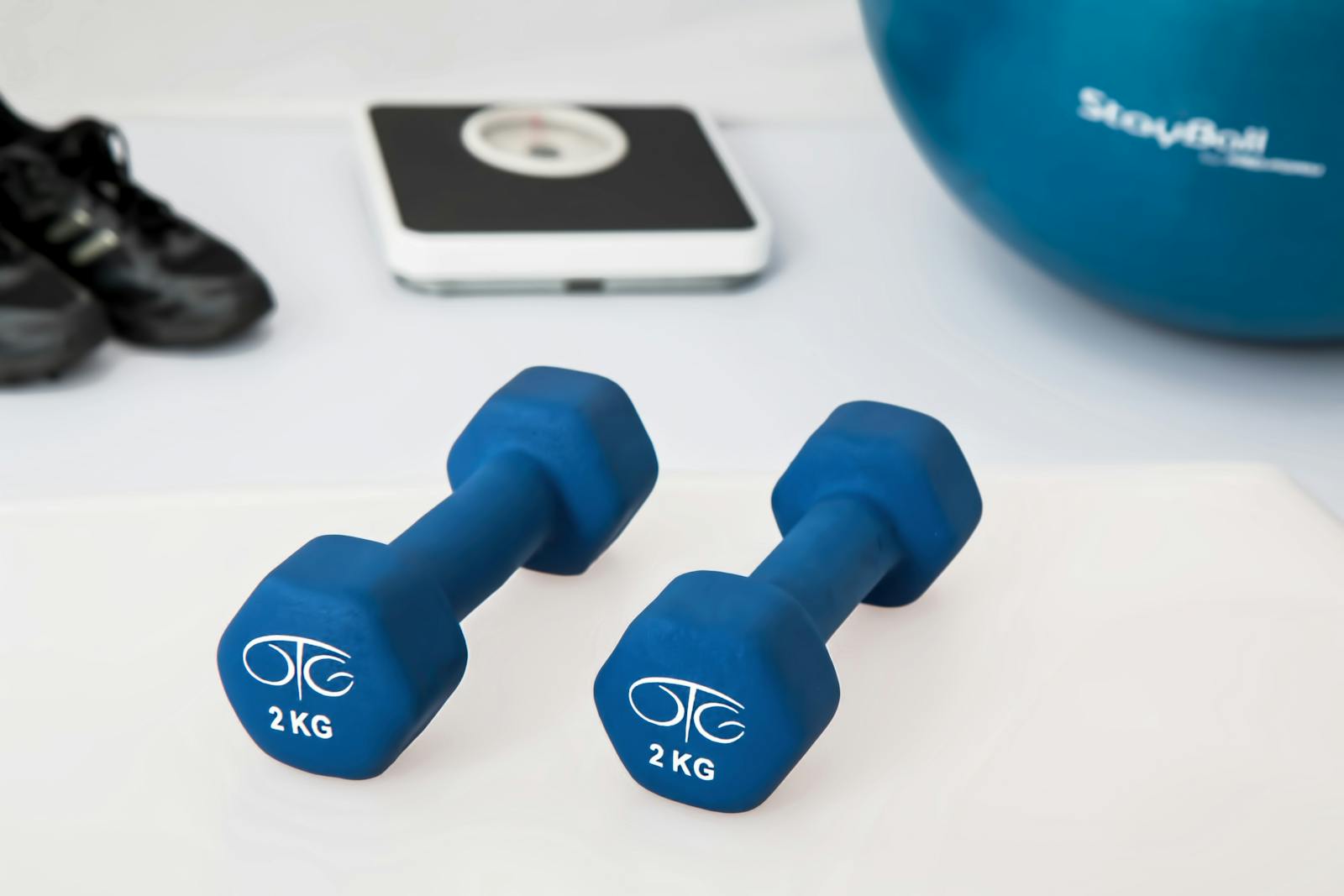Imagine this: after a grueling workout session, Alex, an avid runner, feels the familiar tightness in his muscles. He knows that proper recovery is crucial for maintaining his performance and preventing injuries. Yet, like many fitness enthusiasts, he often overlooks post-workout recovery techniques. One day, after experiencing persistent soreness and fatigue, Alex decides to explore various recovery strategies. He discovers that incorporating effective methods such as stretching and foam rolling can significantly enhance his recovery process. This article will delve into the importance of post-workout recovery, effective techniques, and how to implement them into your routine.
The Importance of Post-Workout Recovery
Post-workout recovery is essential for several reasons:
- Muscle Repair: After intense exercise, muscles undergo micro-tears that need time to heal. Recovery techniques facilitate this process.
- Reduced Soreness: Proper recovery methods can help alleviate delayed onset muscle soreness (DOMS), allowing you to train consistently.
- Injury Prevention: Engaging in recovery practices reduces the risk of injuries by promoting flexibility and muscle balance.
- Enhanced Performance: Adequate recovery leads to improved performance in subsequent workouts by allowing your body to adapt and strengthen.
Effective Post-Workout Recovery Techniques
1. Stretching
Stretching after workouts is crucial for improving flexibility and reducing muscle tension. Here are some effective post-workout stretches:
- Hamstring Stretch:
- Sit on the ground with one leg extended and the other bent.
- Reach toward your toes on the extended leg while keeping your back straight.
- Hold for 15-30 seconds and switch legs.
- Quadriceps Stretch:
- Stand on one leg and pull the opposite foot toward your glutes.
- Keep your knees together and push your hips forward.
- Hold for 15-30 seconds before switching sides.
- Shoulder Stretch:
- Bring one arm across your body at shoulder height.
- Use the opposite hand to gently pull the arm closer to your chest.
- Hold for 15-30 seconds and switch arms.
2. Foam Rolling
Foam rolling is a form of self-myofascial release that helps relieve muscle tightness and improve blood flow. Here’s how to effectively use a foam roller:
- Targeting Tight Muscles:
- Identify areas of tightness or soreness in your muscles.
- Position the foam roller under the affected muscle group (e.g., calves, thighs).
- Roll slowly back and forth for about 1-2 minutes, applying pressure as tolerated.
- Technique Tips:
- Avoid rolling directly over joints or bony areas; focus on fleshy muscle groups.
- If you find a particularly tight spot, pause and apply gentle pressure until you feel a release.
3. Hydration
Replenishing fluids lost during exercise is vital for recovery. Dehydration can hinder muscle repair and lead to fatigue. Here are some hydration tips:
- Drink Water: Aim to drink at least 16-24 ounces of water within two hours after exercising.
- Electrolyte Replacement: For intense workouts lasting over an hour, consider drinks that contain electrolytes (sodium, potassium) to restore balance.
4. Nutrition
Proper nutrition post-workout aids in muscle recovery and replenishes energy stores. Focus on these dietary strategies:
- Protein Intake: Consuming protein within an hour after exercise helps repair muscle tissues. Aim for about 20-30 grams of protein from sources like lean meats, dairy, or plant-based proteins.
- Carbohydrate Replenishment: Pair protein with carbohydrates to restore glycogen levels in muscles. Good options include whole grains, fruits, or smoothies.
5. Sleep
Sleep is arguably one of the most critical components of recovery. During sleep, the body undergoes repair processes essential for muscle growth and recovery:
- Aim for Quality Sleep: Strive for 7-9 hours of quality sleep each night to support optimal recovery.
- Napping: If possible, incorporate short naps (15-30 minutes) after intense workouts to boost recovery.
Creating a Post-Workout Recovery Routine
To maximize your recovery process, consider implementing a structured routine that includes various techniques:
Sample Post-Workout Recovery Routine (30 Minutes)
- Cool Down (5 minutes):
- Gradually lower your heart rate with light walking or gentle movements.
- Stretching (10 minutes):
- Perform static stretches targeting major muscle groups used during your workout.
- Foam Rolling (10 minutes):
- Focus on tight areas using a foam roller; spend extra time on sore spots.
- Hydration & Nutrition (5 minutes):
- Rehydrate with water or an electrolyte drink and consume a balanced snack rich in protein and carbohydrates.

Conclusion:
Incorporating effective post-workout recovery techniques such as stretching, foam rolling, hydration, nutrition, and adequate sleep is essential for enhancing performance and preventing injuries. Just like Alex discovered through his exploration of recovery strategies, anyone can benefit from these practices to improve their overall fitness journey. By prioritizing recovery as much as training itself, you set yourself up for long-term success in achieving your fitness goals while enjoying a healthier lifestyle. Embrace these techniques—your body will thank you!







Leave a Reply